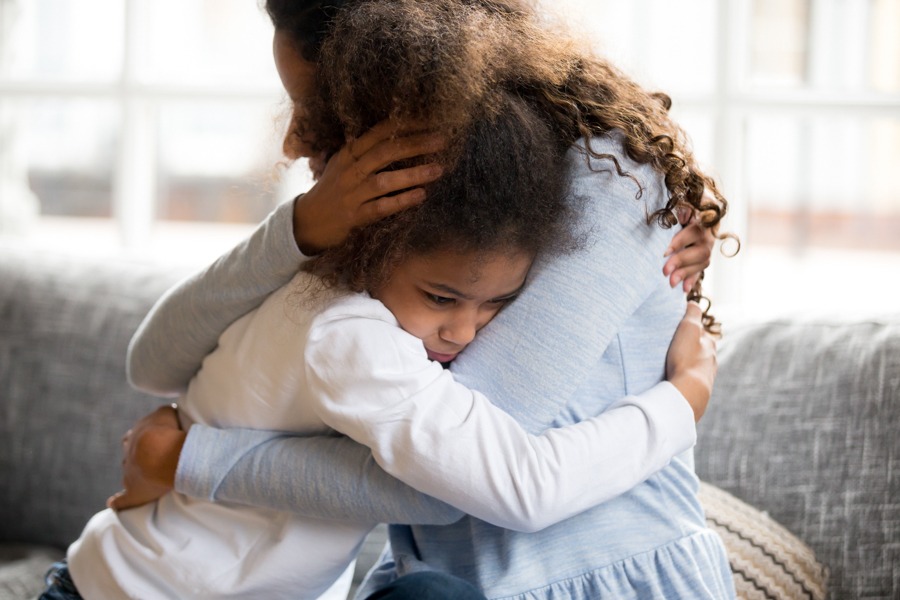Growing up as a child of an addict leaves imprints that shape our lives in complex ways. You’re not alone in navigating the unique challenges this brings. If you’re seeking understanding, effective coping strategies, or just a sense of connection with those who share your experience, this article offers insights into the profound effects of parental addiction, and practical guidance for personal growth and finding support.
Our team at Crestview Recovery, in Portland, Oregon, can help with our addiction resources and guides for families of people with substance use disorder.
Important Points Regarding Children of Addiction
- Children of addicts face emotional and behavioral challenges, with about 8.7 million children under 17 living in households with substance use issues, increasing their risk of developing similar disorders.
- Support systems, including SAMHSA’s helpline, Al-Anon, Alateen, and family therapy, provide crucial assistance in breaking the cycle of addiction and improving the coping abilities of children of addicts.
- Open discussions about drugs, alcohol, and addiction are important. But also, establishing safe spaces for expression and teaching children coping strategies can empower them and mitigate the negative impacts of living with an addicted parent.
Understanding the Shadow of Addiction on Families
Substance use, including alcohol abuse, alcohol dependence, and drug abuse, casts a long shadow over families, affecting all members and causing widespread emotional distress. The impact is particularly severe for children, who often feel abandoned due to the emotional unavailability of their addicted parents. This sense of abandonment manifests in a range of behaviors, such as:
- Withdrawal
- Shyness
- Explosive behavior
- Violence
Issues related to self-esteem, attachment, autonomy, and trust are also common struggles faced by children of addicts.
Approximately 8.7 million children aged 17 or younger reside in families where at least one parent has a substance use disorder or mental illness, underscoring the pervasive nature of addiction and mental health issues in family settings.
These children may feel isolated, believing that their struggles are unique and that none of their peers are dealing with similar issues. This isolation, coupled with emotional distress, often leads to enduring challenges such as depression, behavioral issues, and an elevated likelihood of developing substance use disorders themselves.



 Navigating life as a child of an addict is a challenging journey filled with emotional turmoil and adversity. However, through understanding the impact of addiction, seeking help and support, implementing preventive measures and coping strategies, and transforming adversity into advocacy, children can overcome these challenges and build a healthier, happier future. The journey may be tough, but with the right resources and support, it is a journey worth taking.
Navigating life as a child of an addict is a challenging journey filled with emotional turmoil and adversity. However, through understanding the impact of addiction, seeking help and support, implementing preventive measures and coping strategies, and transforming adversity into advocacy, children can overcome these challenges and build a healthier, happier future. The journey may be tough, but with the right resources and support, it is a journey worth taking.